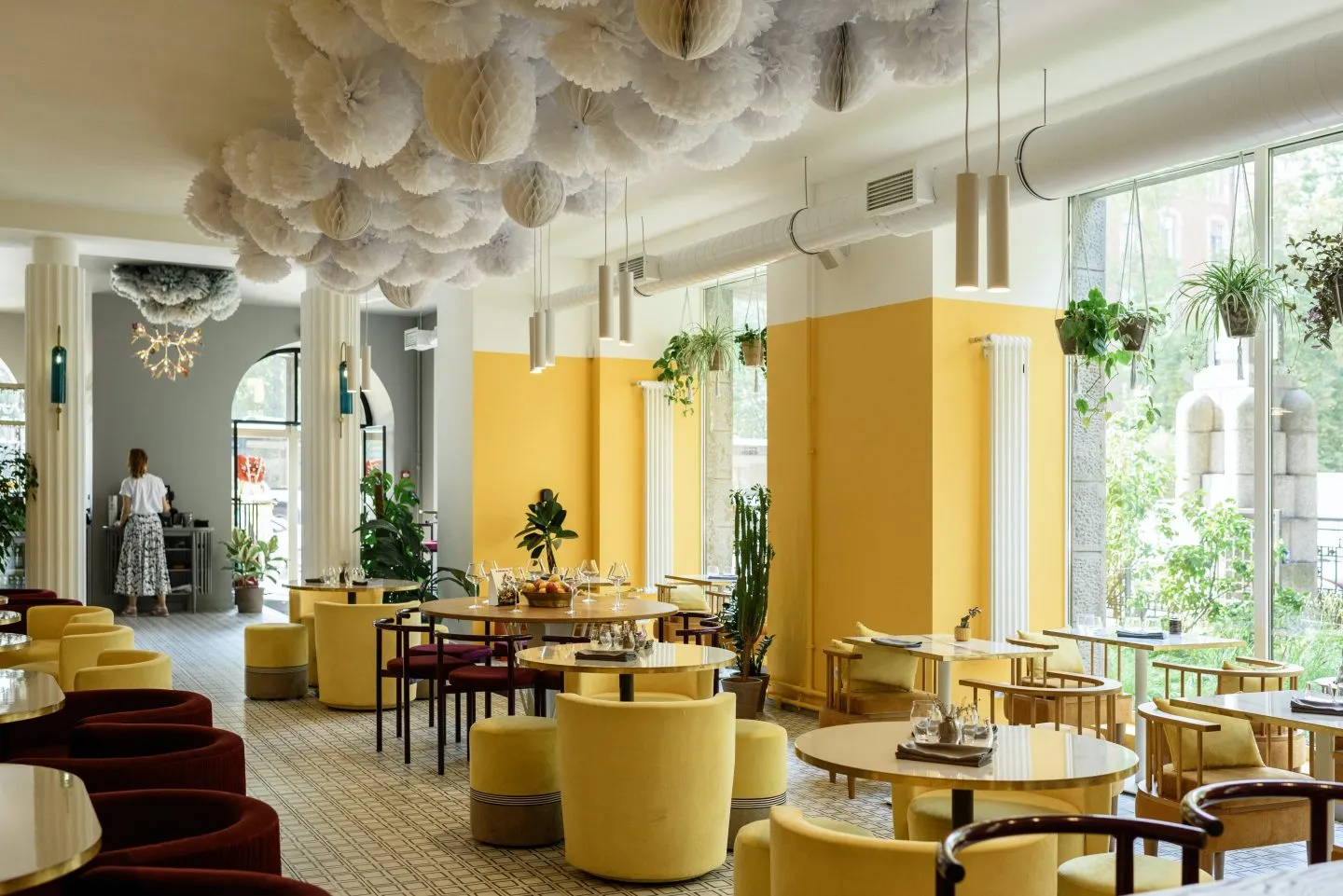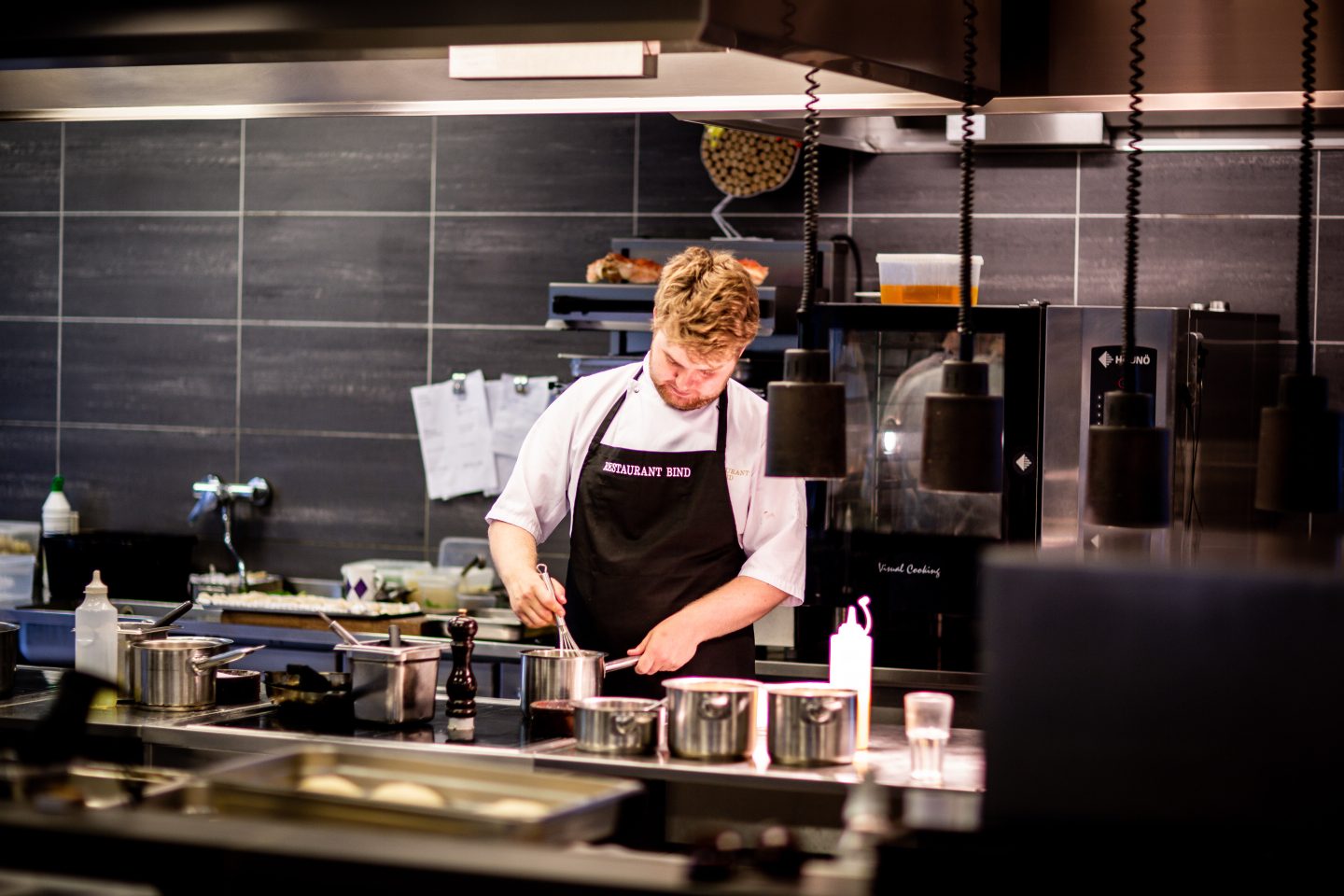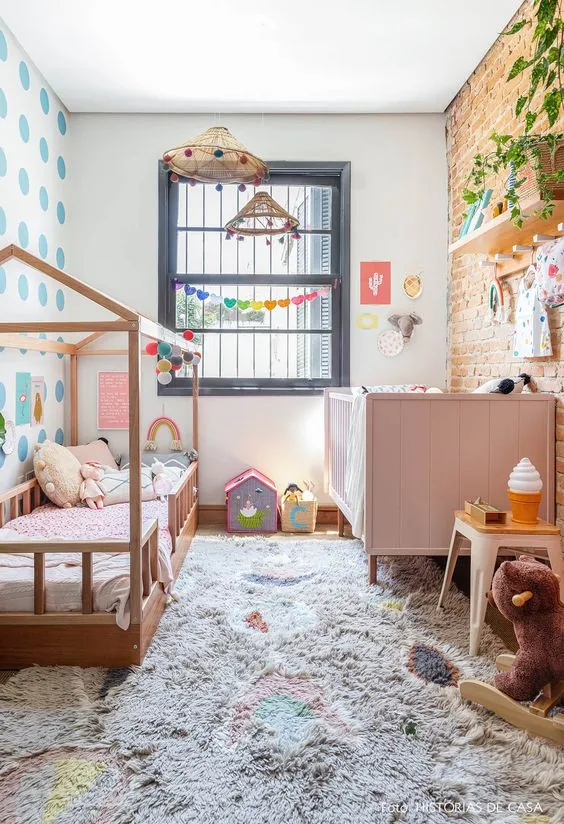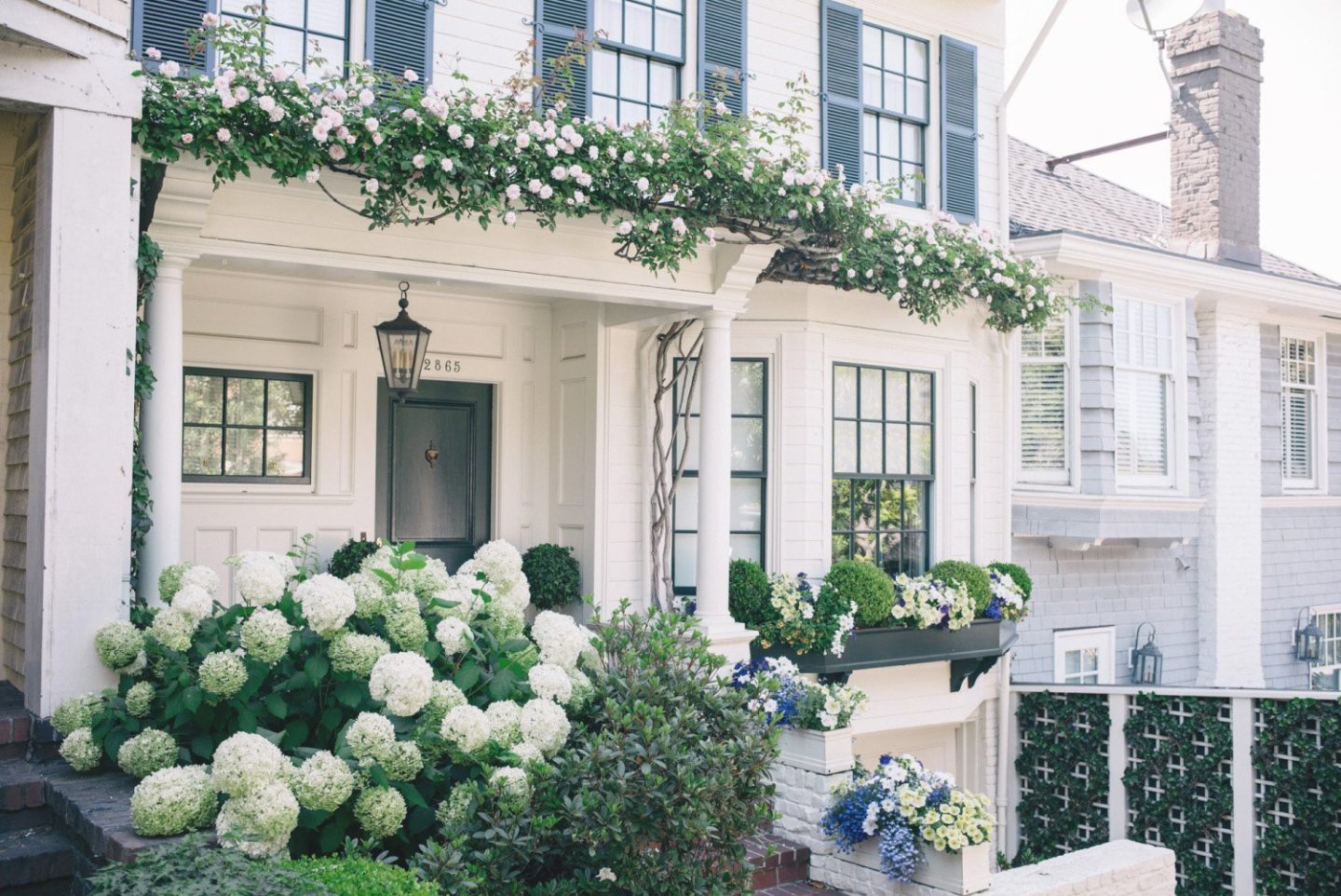What to Look For When Choosing Restaurant Kitchen Flooring

-
- Durability: The flooring in a restaurant kitchen should be able to withstand heavy foot traffic, spills, dropped utensils, and constant movement of equipment. Look for flooring materials known for their durability, such as industrial resin, ceramic tiles,, or vinyl.
-
- Slip Resistance: Safety is paramount in a busy kitchen environment. Opt for flooring that offers excellent slip resistance to minimise the risk of accidents. Choose materials with textured surfaces or consider adding non-slip coatings or mats to enhance traction.
-
- Hygiene and Cleanability: Restaurant kitchens require rigorous cleaning and maintenance routines to ensure food safety and cleanliness. Select flooring that is easy to clean, resistant to stains, and can withstand frequent washing and sanitising without deteriorating. Smooth and non-porous materials like epoxy are often recommended.
-
- Heat and Chemical Resistance: Kitchen floors are exposed to high temperatures, hot spills, and a variety of chemicals. Ensure the chosen flooring material can withstand heat, steam, grease, and chemical cleaners commonly used in commercial kitchens. Flooring options like ceramic tiles or epoxy coatings are known for their resistance to heat and chemicals.
-
- Aesthetics: While functionality is crucial, aesthetics should not be overlooked. The kitchen flooring should complement the overall design and theme of your restaurant. Choose a flooring material that is visually appealing and enhances the ambiance of the space, while also meeting practical requirements.
-
- Cost and Maintenance: Evaluate the initial cost, installation expenses, and long-term maintenance requirements of different flooring options. Factor in the expected lifespan of the flooring material and its resistance to wear and tear. It’s important to find a balance between cost-effectiveness and durability.
-
- Local Regulations: Check local health department regulations and building codes to ensure compliance with specific requirements for restaurant kitchen flooring. Some jurisdictions may have specific guidelines regarding materials, finishes, or installation procedures that need to be followed.
The Best Flooring Options for Restaurant Kitchens






Leave a Reply